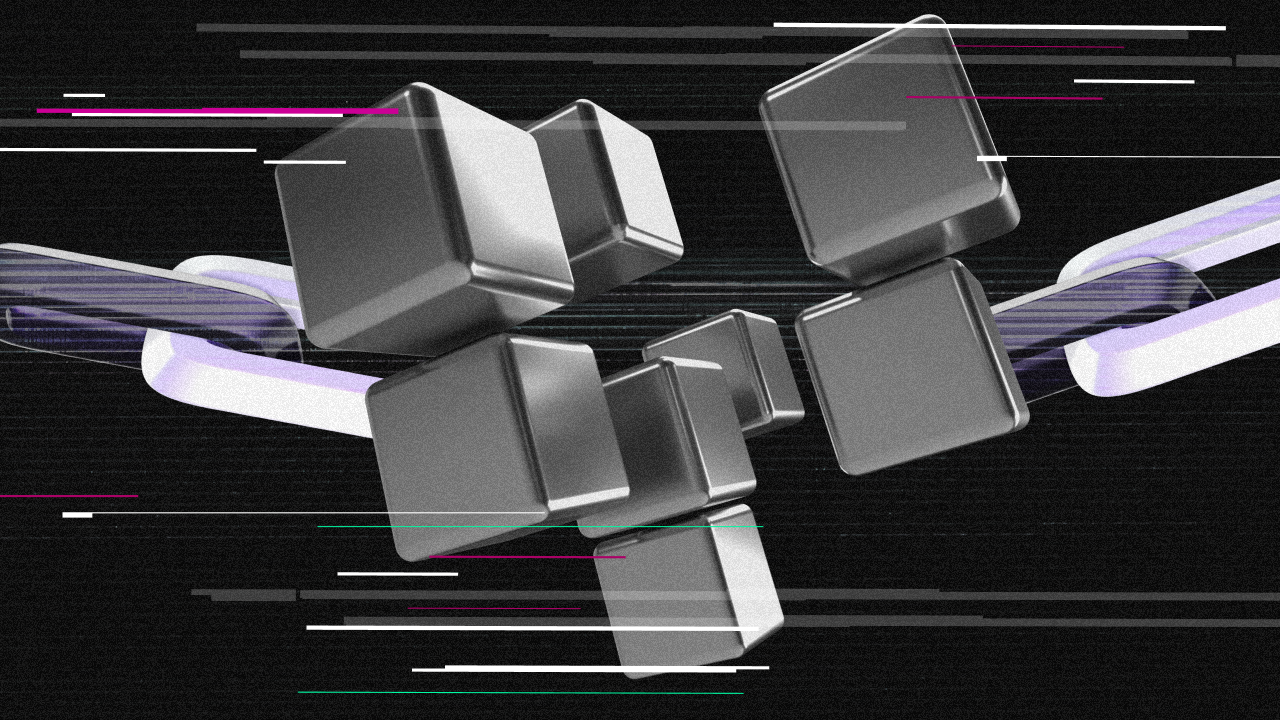How to Pay with Crypto: A Guide to Blockchain Transactions

Cryptocurrency isn’t just an investment tool — it’s becoming a full-fledged financial system of the next generation. Today, you can use crypto to pay for goods, transfer money globally, and even buy a car. For Web3 projects, understanding how crypto payments work is foundational to building scalable, secure, and user-friendly products.
This article will explain how blockchain transactions work, explore payment methods, outline key risks, and highlight what Web3 founders need to know when integrating crypto into their products.
How Blockchain Transactions Work
A crypto transaction is a transfer of digital assets from one wallet address to another. Unlike bank transfers, blockchain transactions are decentralized and require no intermediaries.
Here’s how it works:
- The sender enters the recipient’s wallet address and the amount to send.
- The wallet signs the transaction using a private key, verifying its authenticity.
- The transaction is sent to the mempool, a temporary holding space for pending transactions.
- Validators or miners confirm the transaction and include it in a block.
- The transaction is considered complete once the block is added to the chain. However, some blockchains require several confirmations to ensure finality.
Understanding this process is essential for Web3 projects, especially when launching tokens, using smart contracts, or building any payment-based economy.
Ways to Pay with Crypto
The most straightforward way is a direct wallet-to-wallet transfer. You only need a crypto wallet, the recipient’s address, and a small amount to cover transaction fees. Most wallet interfaces make this easy — enter the address and amount, then confirm the transfer. For added safety, use QR codes or human-readable addresses like ENS (Ethereum Name Service).
Another standard method involves Telegram bots, especially in Web3 games or NFT platforms. A bot can generate a unique address, monitor incoming payments, and trigger an automatic action, like delivering an in-game item. If you choose this approach, ensure the UX is smooth and account for timers, error handling, and payment verification.
Escrow models offer more protection for higher-stakes transactions. A third party holds funds until the buyer confirms the product or service receipt. This reduces fraud risk and is especially useful in DAOs, P2P marketplaces, or freelance platforms.
Why Crypto Payments Are Gaining Traction
Unlike traditional bank transfers, crypto transactions are borderless and available 24/7. They’re often cheaper, especially on Layer 2 networks like Arbitrum or Polygon, and can settle within seconds or minutes. Users don’t need to disclose personal data, and transactions are irreversible, eliminating chargebacks after a service has been delivered.
Where You Can Already Pay with Crypto
Crypto is gaining real-world adoption. In El Salvador, Bitcoin is legal tender. In Zug, Switzerland, taxes can be paid in BTC. Japan and South Korea are integrating crypto into mainstream commerce. Global brands like McDonald’s and Ferrari have begun accepting digital payments in select locations. In Slovenia’s capital, there’s even a street where dozens of shops accept crypto.
Consider regional regulations, payment gateway integrations, and transaction automation if your project involves real-world payments.
What to Watch Out for When Sending Payments
While crypto payments are simple, they require attention to detail. A single incorrect character in an address can result in the permanent loss of funds. Always double-check the blockchain network — sending USDT on Tron to an Ethereum address will fail.
Gas fees matter too. If you set them too low, your transaction may get stuck. Always save the transaction hash to track status or verify delivery later.
How to Integrate Crypto Payments into a Web3 Product
For startups, it’s not just about accepting crypto — it's about doing it securely, intuitively, and at scale. Start by supporting popular wallets like MetaMask, WalletConnect, or Trust Wallet. Choose a network with reasonable fees. Automate transaction processing using smart contracts or third-party APIs.
Your interface should clearly show payment status, allow users to track their transactions, and display helpful error messages. Security is key—validate wallet data, protect against phishing, and handle keys and approvals safely.
Final Thoughts
Crypto payments are no longer a thing of the future — they’re already transforming digital commerce. They enable borderless payments, reduce transaction costs, and align with the decentralized philosophy of Web3.
Seamless crypto payment integration can be a strategic advantage for teams building tokenized products, DAOs, decentralized games, or subscription platforms.
The Cware Labs team can help you design a robust crypto payment architecture, create a smooth user experience, and protect your users. Contact us if you're ready to integrate crypto into your product. Follow Cware Academy for more expert insights tailored for Web3 founders, developers, and crypto enthusiasts.
